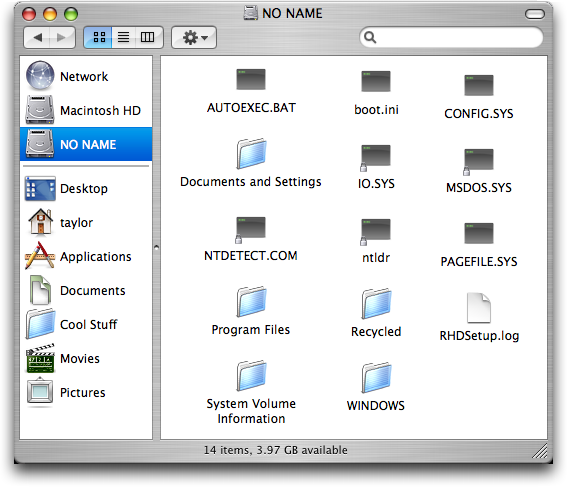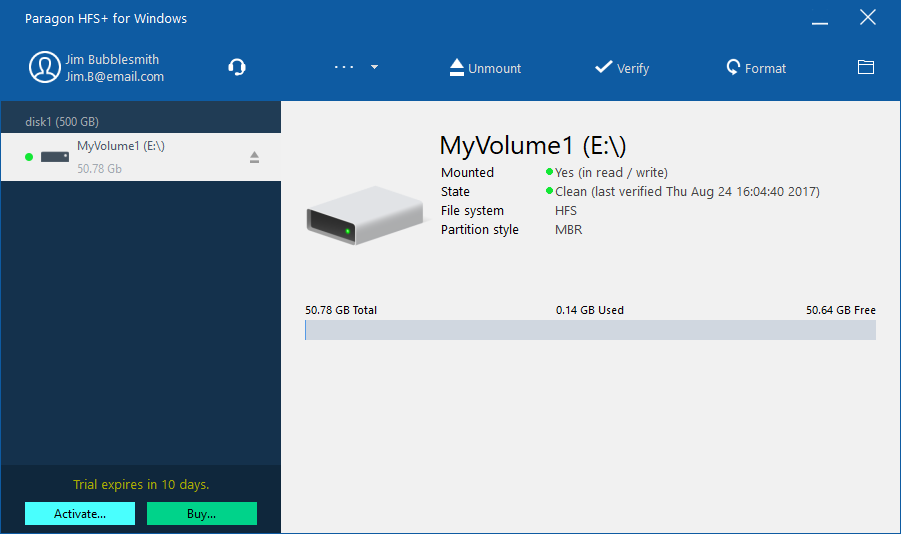
The logical file system is responsible for interaction with the user application. Sometimes the layers are explicitly separated, and sometimes the functions are combined. Architecture Ī file system consists of two or three layers. By 1961, the term was being applied to computerized filing alongside the original meaning. 6.2 Long file paths and long file namesīefore the advent of computers the term file system was used to describe a method of storing and retrieving paper documents.6.1.2 Migrating to a different file system.6.1 Converting the type of a file system.5.1 Unix and Unix-like operating systems.

File system for windows on mac iso#
For example, the ISO 9660 file system is designed specifically for optical discs.įile systems can be used on numerous different types of storage devices that use different kinds of media.

Some file systems have been designed to be used for specific applications. Each one has different structure and logic, properties of speed, flexibility, security, size and more. There are many different kinds of file systems. Taking its name from the way paper-based data management system is named, each group of data is called a " file." The structure and logic rules used to manage the groups of data and their names is called a "file system."

By separating the data into pieces and giving each piece a name, the data is easily isolated and identified. Without a file system, data placed in a storage medium would be one large body of data with no way to tell where one piece of data stops and the next begins. In computing, file system or filesystem (often abbreviated to fs) is a method and data structure that the operating system uses to control how data is stored and retrieved.


 0 kommentar(er)
0 kommentar(er)
